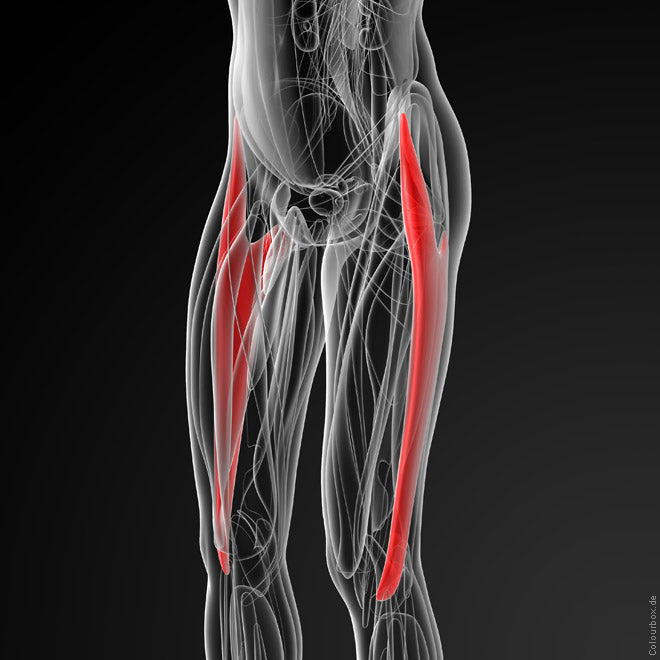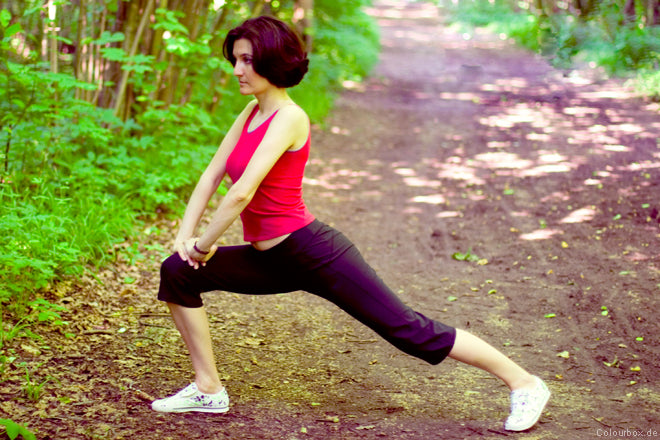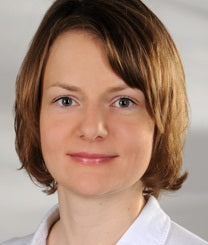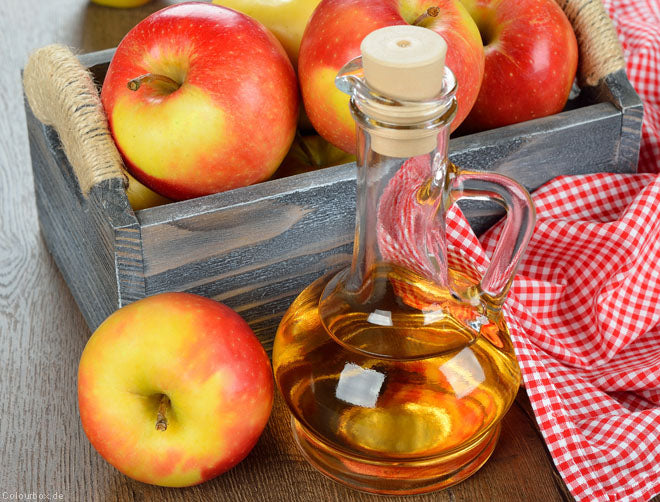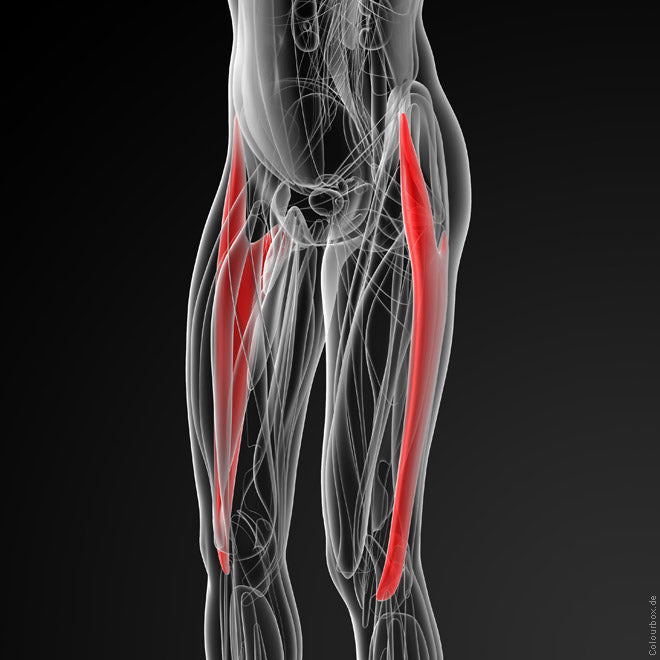
Fascia training for fitness and well-being
Fascia training for fitness and well-being
The compact guide "Fascia" explains why connective tissue is so important and how it stays supple.
Fascia surrounds muscles, protects organs and gives our body support. Sports journalist and fitness expert Nora Reim describes the fascinating functions of connective tissue and shows how regular exercise prevents and alleviates discomfort.
Fascia is finally in focus
For a long time, fascia led a neglected existence in our body - behind bones, muscles and tendons: they were ignored by sports scientists and orthopedists or even dismissed as unimportant. It was only with the 2006 World Cup that the trend came from the USA to Europe, and the connective tissue received promising attention from experts at the Fascia Research Congress in Boston in 2007 - especially from the German fascia researcher and human biologist Dr. Robert Schleip.
In the foreword to the new compact guide, the expert sees fascia training as a long-term investment in health - similar to a building society savings plan: "If you repeat it regularly, your body will pay out rewards after six to 36 months: mobility, physical relaxation and holistic well-being," says the trained Rolfing and Feldenkrais teacher.
Fascinating functions and areas of application
The term "fascia" comes from Latin and means something like "connection, bundle, connection". Fascia is a bundle of individual fibers that together make up the connective tissue in our body. The transparent tissue penetrates our entire body and gives it its shape - a body-wide, modeling network.
A distinction is made between superficial and deep fascia: the former is located in the subcutaneous tissue and extends into the dermis, i.e. the layer between the epidermis and the subcutaneous tissue. It surrounds organs and glands and fills up free space in numerous places in our body. The superficial fascia stores fat and water, filters the lymph, nerves and blood vessels, and also cushions external shocks. The deep fascia, on the other hand, is the dense, fibrous layer of connective tissue: it penetrates our body and surrounds muscles, bones, nerve tracts and blood vessels. The fascia network is so gigantic that our connective tissue is considered the largest sensory organ of all: in terms of surface area, it is even larger than the entire skin.
First aid for back pain & Co.
Anyone who has physical limitations in their everyday life or can only perform certain movements with pain can track down the culprit with this guide: In most cases, it is not a lack of strength training or weak intervertebral discs that are to blame, but rather the connective tissue that has not been given enough attention. In order for its fibrous structure to remain supple into old age, a little time and effort must be invested. Because fascia - like muscles, tendons and ligaments - needs to be trained. Ten minutes twice a week is enough.
However, fascia training should be planned for the long term, as at least three months are needed to adapt to the new stimuli and thereby increase muscle tone, i.e. the state of tension in our body. If you do something for your tissue regularly, you not only prevent pain in the knees, shoulders and back, but also make a contribution to your personal retirement provision. This can achieve great success, especially in the back area, without the need for medication or surgical interventions - not to mention the low time and cost involved!
"Fascia - like muscles, tendons and ligaments - needs to be trained! That's why you should give your connective tissue regular exercise: just twice a week, ten minutes each time is enough. You can find out how to do this in detail in this guide."
Dr. biol. hum. Robert Schleip, fascia expert (from the foreword)
Book tip:
Nora Reim: Fascia. Compact guide. Why our connective tissue is so important for knees, shoulders and back. What you need for your fascia training and how it works. With three effective exercise programs. Foreword by fascia expert Dr. Robert Schleip; Mankau Verlag, 1st edition February 2016, paperback, full color, 126 pages, 7.99 euros (D) / 8.20 euros (A); ISBN 978-3-86374-287-4.
Reading tour with Nora Reim:
- 3.3.2016 (Thursday), 7 p.m., Stuttgart: Restaurant “Eintracht” (in cooperation with SV Stuttgarter Kickers and Blackroll inventor Jürgen Dürr)
- 5.3.2016 (Sat), 4 p.m., Nürtingen: Sports studio “N20” (with fascia unit on the roller)
- 14.4.2016 (Thursday), 7 p.m., Reutlingen: Adult Education Center (limited number of participants, register here )
- 26.4.2016 (Tuesday), 7 p.m., Munich: HVB-Club (with running session in the English Garden)
Link recommendations:
